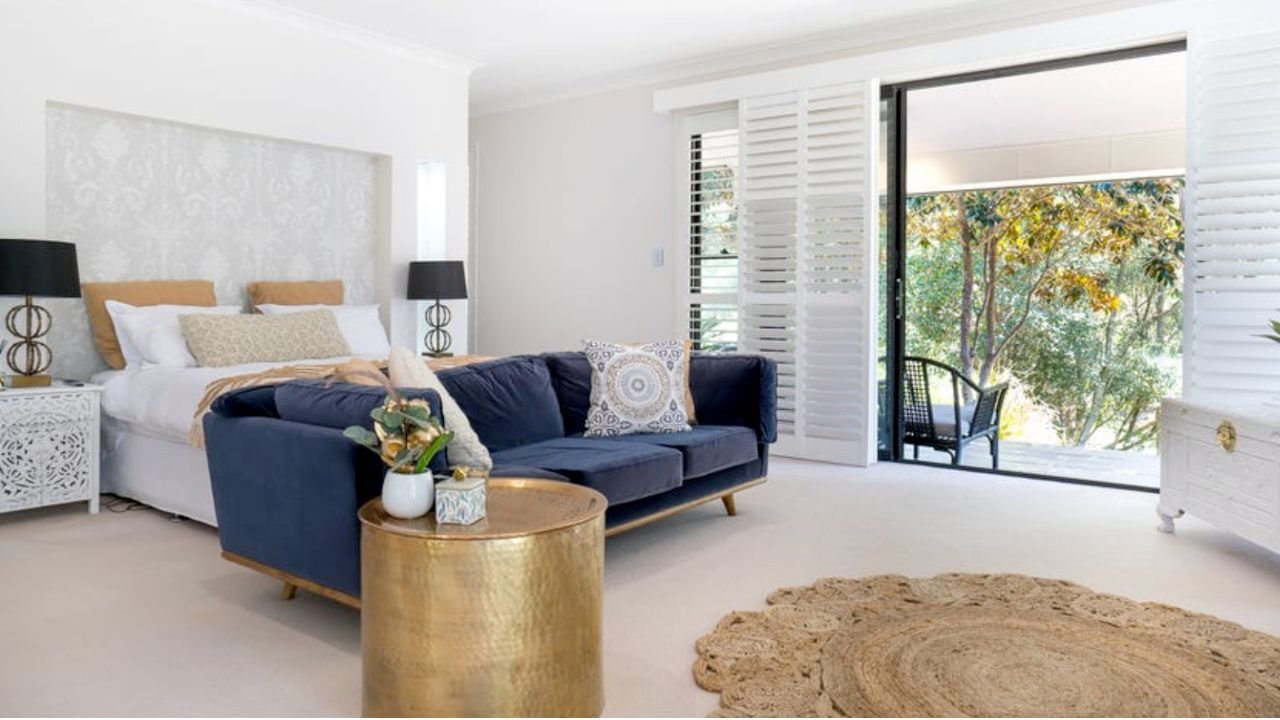Selecting the right turf or sod for your Austin home can transform your outdoor space from drab to stunning with minimal effort. The Texas capital’s unique climate demands specific considerations when choosing grass varieties that will thrive despite hot summers and occasional drought conditions.
Finding the best sod installation service in Austin requires evaluating companies based on their experience with local conditions, quality of materials, installation techniques, and post-installation support. Many homeowners underestimate the importance of proper installation, which can make the difference between a lush, healthy lawn and one that struggles to establish itself.
Austin’s soil types vary significantly across the city, from the clay-heavy soils in some neighborhoods to more rocky terrain in others. Professional installers familiar with these local variations can recommend the appropriate preparation techniques and sod varieties, whether you’re looking for water-efficient options like Buffalo grass or the more traditional Bermuda or St. Augustine varieties that have adapted well to Central Texas conditions.
Essential Factors for Choosing Turf or Sod Installation in Austin
Selecting the right turf for your Austin property requires careful consideration of grass varieties, climate conditions, and installation expertise to ensure a thriving lawn that withstands local weather patterns.
Sod vs. Turfgrass: Understanding the Differences
Sod and turfgrass are terms often used interchangeably, but they have distinct characteristics. Sod refers to pre-grown grass with established roots attached to a thin layer of soil, delivered in rolls or pallets. This provides an instant lawn effect with minimal wait time.
Turfgrass, meanwhile, encompasses the actual grass varieties suitable for lawn cultivation. In Austin, popular turfgrass options include Bermuda grass, Zoysia grass, St. Augustine grass, and Buffalo grass.
Bermuda grass offers excellent heat and drought tolerance, making it ideal for sunny Austin yards. Zoysia varieties like Palisades and Emerald provide good shade tolerance while maintaining durability. St. Augustine grass (particularly Palmetto) thrives in partially shaded areas but requires more water than other options.
Buffalo grass represents a native, low-maintenance alternative particularly suited for properties with minimal irrigation capabilities.
Local Climate and Grass Selection
Austin’s climate presents unique challenges with hot summers, mild winters, and periodic drought conditions. Selecting grass varieties adapted to these conditions is essential for long-term lawn success.
Bermuda grass thrives in Austin’s full-sun areas and can withstand summer heat while requiring minimal water once established. Its dormancy during winter months (turning brown) is a natural adaptation.
Zoysia grass offers moderate shade tolerance (30-40% shade) while handling foot traffic well. It maintains color longer into fall than Bermuda varieties.
St. Augustine grass provides the best shade performance among warm-season grasses but requires more frequent watering and maintenance. Buffalo grass needs minimal inputs but performs poorly in shaded conditions.
Austin Climate Considerations for Grass Selection:
- Summer temperatures regularly exceeding 95°F
- Annual rainfall of 32-36 inches, often unevenly distributed
- Clay-heavy soils in many areas
- Varying sun/shade patterns across properties
Evaluating Installation Services and Quality Materials
The installation provider’s expertise significantly impacts lawn success. Reputable companies like Triangle Turf and other established Austin providers source fresh sod harvested within 24-48 hours of installation.
When evaluating installation services, request:
- Recent local installation references
- Verification of sod source and freshness
- Written warranties (typically 30-90 days)
- Proper soil preparation methods
Quality materials extend beyond the sod itself. Professional installers should prepare the site with appropriate soil amendments based on soil tests. This might include adding compost, sand, or topsoil to improve drainage and root development.
Ask potential installers about their soil preparation depth (4-6 inches is ideal) and whether they include pre-installation grading to ensure proper drainage. The best companies will also apply starter fertilizer during installation.
Installation Process and Project Management
Professional sod installation follows a systematic approach that maximizes establishment success. The process typically begins with site measurement and preparation, including removal of existing vegetation and debris.
Soil preparation represents the most critical installation phase. This includes tilling to a depth of 4-6 inches, removing rocks and debris, and incorporating amendments based on soil tests. Proper grading ensures water flows away from structures while preventing pooling.
Installation timing matters significantly in Austin. Spring (March-May) and fall (September-October) installations typically experience less heat stress than summer projects. Most companies can complete residential installations in 1-2 days.
Post-installation management requires careful watering: daily light irrigation for the first two weeks, then transitioning to deeper, less frequent watering. New sod should not be mowed until roots have established (typically 2-3 weeks after installation).
Maintenance, Safety, and Eco-Friendly Considerations
Selecting the right turf installation service in Austin involves more than just choosing quality grass. You’ll need to understand ongoing care requirements, verify the safety credentials of installation teams, and consider environmental impacts of your landscaping choices.
Turf and Sod Maintenance Best Practices
Proper maintenance is crucial for keeping your new turf looking vibrant throughout Austin’s hot summers and unpredictable weather patterns. Water deeply but infrequently to encourage deep root growth, typically providing 1-1.5 inches per week during growing seasons.
Mowing should follow the one-third rule—never remove more than one-third of the grass height in a single cutting. For most Austin turf varieties, maintain a height of 2-3 inches during summer months.
Fertilization requirements vary by grass type. Bermuda and Zoysia typically need 3-4 applications annually, while St. Augustine may require less. Soil testing can provide specific nutrient recommendations for your lawn.
Seasonal Care Tips:
- Spring: Apply pre-emergent herbicides to prevent summer weeds
- Summer: Increase watering frequency during drought periods
- Fall: Reduce watering as temperatures drop
- Winter: Minimize traffic on dormant turf to prevent damage
Safety and Background Checks for Installation Teams
When inviting workers onto your property, safety should be a top priority. Reputable Austin turf installation companies conduct thorough background checks on all employees who will access your home and yard.
Ask potential companies about their specific screening processes. Professional services typically perform national criminal database searches that identify felony arrests, misdemeanors, and dismissed charges related to property crimes or violent offenses.
More comprehensive checks should include verification for serious offenses such as sex offenses or lewd and lascivious behavior. HomeAdvisor-affiliated companies often maintain stricter background check policies than independent operators.
Request documentation confirming that employees are properly insured and bonded. This protects you from liability in case of accidents during the installation process.
Sustainability and Eco-Friendly Options
Environmental considerations are increasingly important for Austin homeowners. Drought-resistant turf varieties like Buffalo grass and Zoysia require significantly less water than traditional options, reducing your environmental footprint.
Consider these eco-friendly alternatives:
- Native grass blends: Adapted to local rainfall patterns
- Partial turf yards: Combining turf with native plant beds
- Organic maintenance programs: Using compost instead of chemical fertilizers
Irrigation efficiency matters too. Smart sprinkler systems with rain sensors can reduce water usage by 30-50% compared to traditional timers. Some installation companies offer reclaimed water solutions that further minimize environmental impact.
Ask about sustainable installation practices. Environmentally conscious companies minimize soil disruption, properly dispose of removed materials, and use electric rather than gas-powered equipment when possible.



